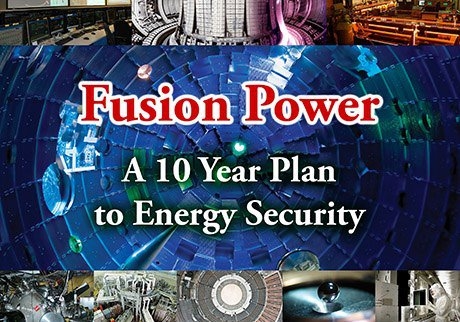
Nuclear Fusion To Meet India’s Electricity Requirements
By 2100, India expects its electricity consumption to touch 2600 GWe, a 1000% increase from present installed capacity. India developed a 3-stage nuclear fission power program to utilize its vast Thorium reserves in order to address its energy needs, but fission power raises several unique challenges. In order to meet its energy needs of the future, India plans to utilize fusion energy. From the article:
“For a given amount of fuel, the energy released during fusion is around a million times more than that released in a conventional chemical combustion process. It essentially means that, hypothetically, a mass of coal, if it were capable of undergoing nuclear reaction, would have been able to release around a million times more energy than it currently releases.
The Gujarat-based Institute for Plasma Research [IPR] has been at the forefront of researching application of nuclear fusion for power generation in India. Starting with the Aditya Tokamak that it developed & has been operating since the 1980s, it recently completed building its successor, the Steady-state Superconducting Tokamak [SST-1]. In addition, India is also a partner member in the ambitious International Thermonuclear Experimental Reactor [ITER] project underway in France, contributing 10% of the hardware sub-systems needed to build it.”
To read the full article, click here.





